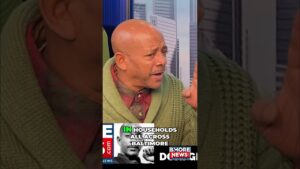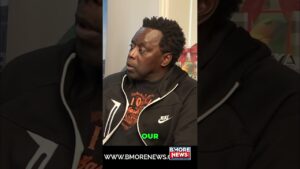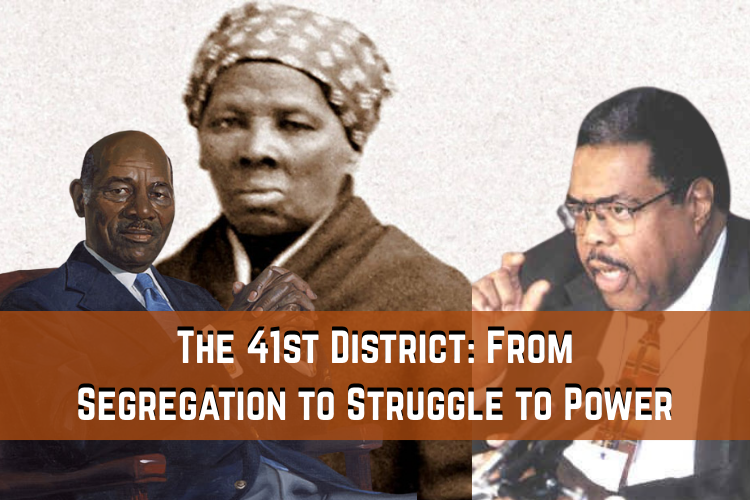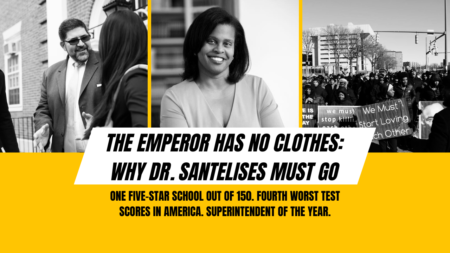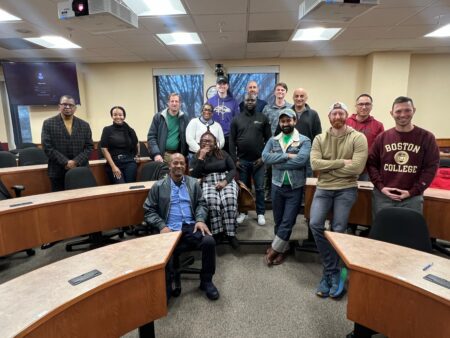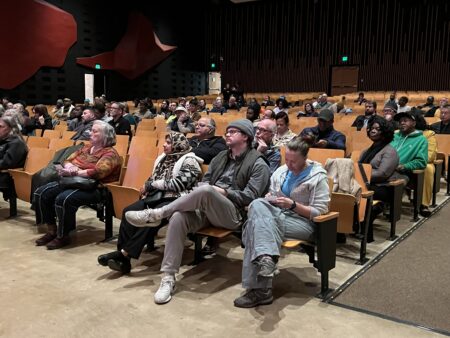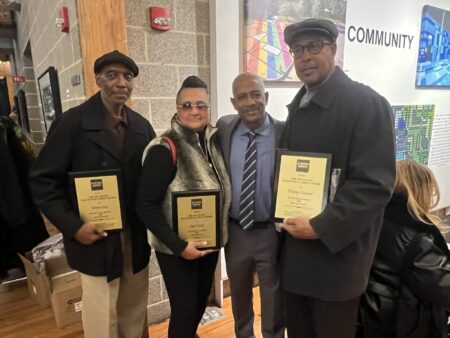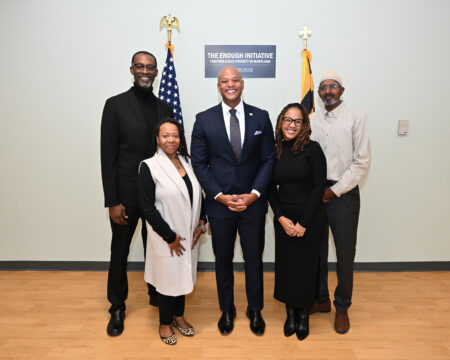(BALTIMORE – August 21, 2025) – My, my, my. I can say this with complete certainty: the 41st District state Senate and House of Delegates race is as interesting as it gets.
For me, it goes back to my high school principal, Dr. Elzee Gladden of Paul Laurence Dunbar Community High School. He wasn’t just my principal — he was my friend. We even shared a birthday with Dunbar himself. Dr. Gladden gave me advice I’ve carried my whole life: “What’s good for the goose is good for the gander.” In other words, treat people the way you want to be treated. He made clear that respect, especially for women, was non-negotiable.
So years later, when Dr. Gladden’s daughter, Lisa, ran for the Maryland Senate against incumbent Senator Barbara Hoffman, I absolutely wanted to see her win. And she did. I still remember Lisa driving a dump truck up Edmondson Avenue, honking the horn. It was the talk of the town. Her victory felt like the community’s victory. At that moment, Black Baltimore rallied behind her in a way that spilled beyond district lines — it was a beautiful, powerful demonstration of Black love and political power.
The 41st District itself is a study in contrasts. It stretches from Edmondson Village to Park Heights, from legacy Black homeowners to Mt. Washington’s leafy streets. Around Pimlico Race Course and the old Northwestern High School site is a heavy Jewish presence. But the larger share of the district is Black, with families who’ve owned homes and built communities here for generations. And truth be told, there has always been a tug-of-war over land, resources, and access.
Let’s be clear: there are those who would prefer to see Black people pushed out of Park Heights altogether. And there are those determined to resist, to hold on to their land and their communities at all costs. Whoever becomes the next state Senator from the 41st will wield real power over which agenda wins out.
This tension isn’t new. In fact, it goes back more than a century.
Baltimore’s History of Segregation and Resilience
In 1910, Baltimore Mayor J. Barry Mahool signed the nation’s first residential segregation ordinance. It barred Black families from moving onto majority-white blocks, and whites from moving into majority-Black blocks. The ordinance quickly became a model across the South, setting the tone for systemic redlining and discriminatory housing policies nationwide.
The ordinance was challenged almost immediately. George W.F. McMechen — a Black attorney whose decision to move into a white neighborhood helped spark the law — and his colleague Ashbie Hawkins stood up against the injustice. Their resistance laid the groundwork for the fight that culminated in the Supreme Court’s 1917 Buchanan v. Warley decision, which struck down such ordinances. But by then, the damage was done. Baltimore’s experiment with legalized segregation shaped the city’s neighborhoods for generations, carving deep racial lines that remain visible today in the 41st District.
And yet, there is resilience. There is resistance. That’s the story of Black Baltimore.
From Mahool to Gladden
Nearly a century after Mahool’s ordinance, Lisa Gladden’s election to the Maryland Senate symbolized a different kind of breakthrough. When she unseated Barbara Hoffman in 2002, it wasn’t simply a political win. It was a cultural milestone — a community reclaiming its place at the table in a district long defined by exclusionary policies.
Her victory was a reminder that Black people in Baltimore stand for something. To be Black in Baltimore politics means to be proud of your Blackness. But politics will test you. It will make clear what you’re made of, because every decision is a mirror.
When the cameras are gone, when the “likes” fade from social media, at two in the morning you have to look yourself in the mirror and ask: are you a true public servant, or are you a self-serving sell-out? Were you a boss like Pete Rawlings, Joan Carter Conway, or Clarence Blount? Did you stand on business like Parren J. Mitchell or Harriet Tubman? Were you willing to sacrifice like Clarence Mitchell IV, risking your career for your people? Or did you cower for comfort and convenience, just to stay in the good graces of the powers that be?
Politics is no playground. The field is rugged, the climate unforgiving. If you get hit, you’d better hit back harder, because your opponents aren’t looking to spar — they’re looking to destroy you, to make you a memory.
The People Decide
Over the years, I’ve talked to countless residents of the 41st. One thing is clear: they don’t want phony politicians. They don’t want leaders who parachute in for a photo op, or who deliver dog-and-pony shows. They want leaders who listen, who show up, who deliver.
They demand accountability. And if you fail them, they’ll vote you out faster than that red-light camera at Edmondson and Hilton flashes.
The 41st District has always been a battleground — not just of politics, but of identity, dignity, and survival. From Mahool’s segregation to Gladden’s triumph, its story is the story of Baltimore itself: resilience in the face of exclusion, and the determination to define our own future.

